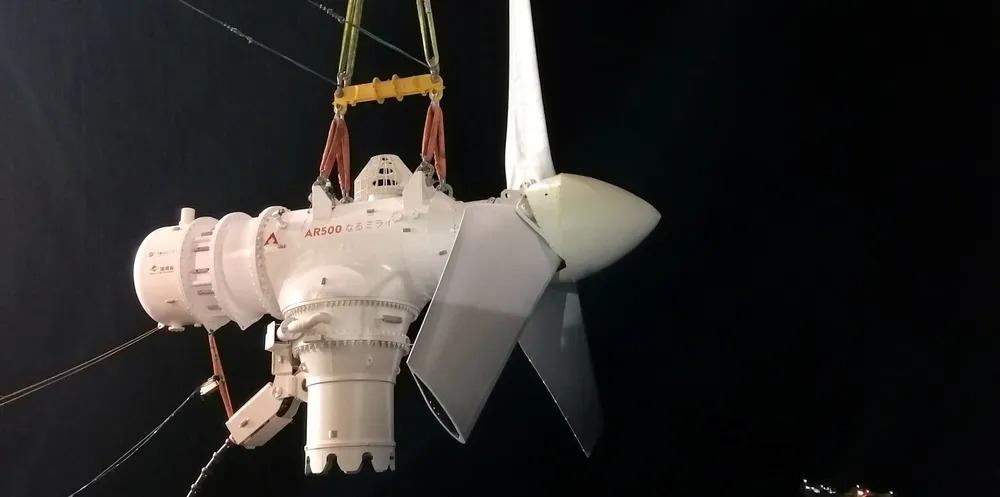Japan enters tidal energy era with power from maiden in-stream tidal turbine
Kyuden Mirai Energy's $16.5m pilot, based around a 500kW model of Simec Atlantis AR1500 technology, generates lead-off 10MWh at location in straits of Naru Island

Kyuden Mirai Energy's $16.5m pilot, based around a 500kW model of Simec Atlantis AR1500 technology, generates lead-off 10MWh at location in straits of Naru Island
